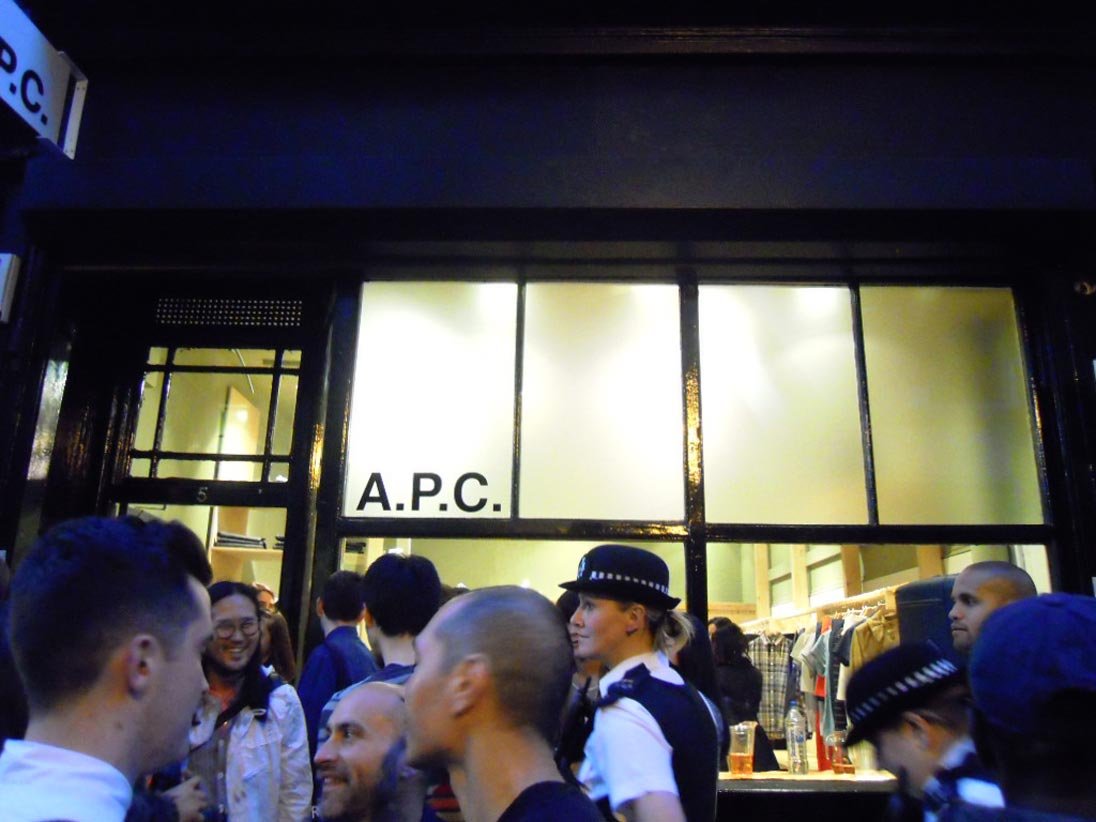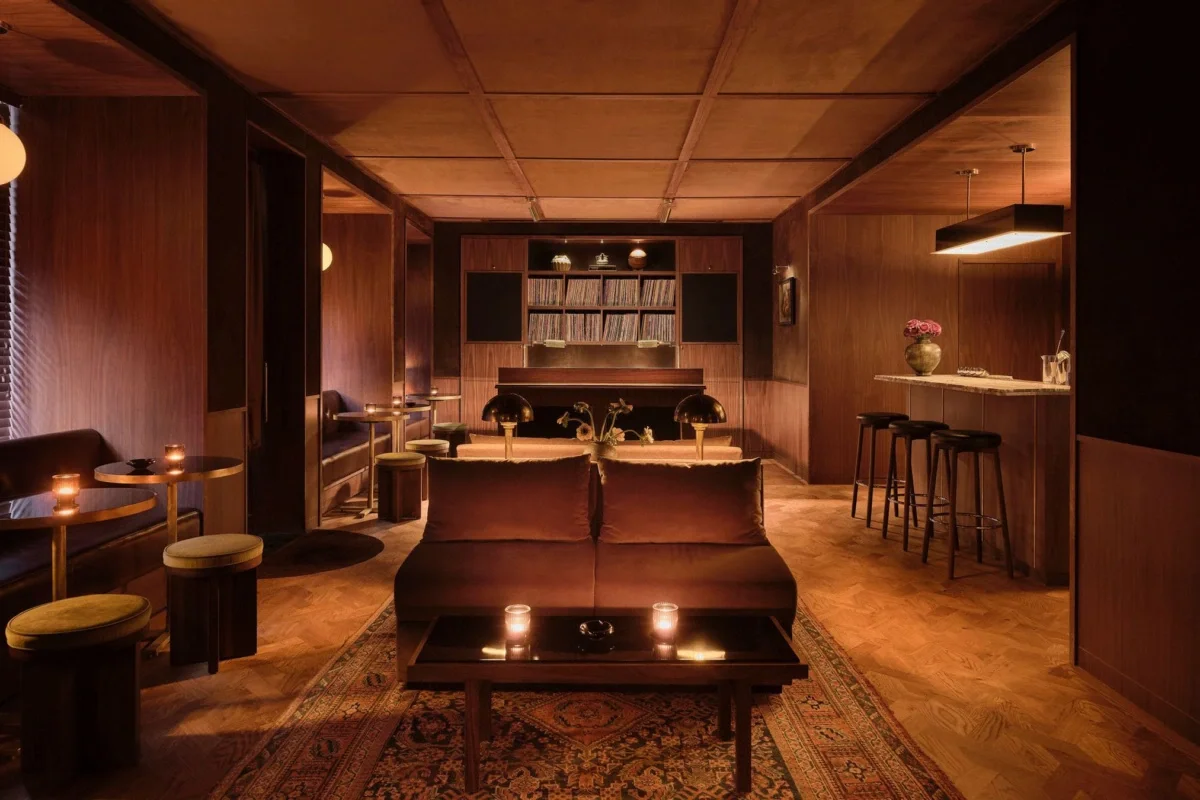Community Is the New Currency: How Lifestyle Brands Are Bringing People Together
Back in 2008, Seth Godin dropped Tribes—a book that flipped the marketing playbook on its head. His point was simple but seismic: people don’t just buy products; they join tribes. They rally around shared ideas, aesthetics, and values. Brands that could spark and lead these tribes would thrive.
Fast-forward to now, and that concept has matured into something even bigger. It’s not just about attracting people who “get” your brand—it’s about giving them a place to connect, with or without a purchase in hand.
We’re seeing it everywhere.
A.P.C. regularly hosts in-store exhibitions, record swaps, and intimate gatherings in their boutiques, creating a Parisian-meets-local vibe that attracts more than just shoppers—it attracts a creative circle.
Patagonia transforms retail spaces into hubs for environmental activism, holding film screenings and community clean-up events. Their stores double as meeting grounds for people who share a love for the outdoors and a responsibility for the planet.
Glossier’s pop-up shops are part product playground, part social club. They design them to be photo-worthy and conversation-ready, making fans feel like they’re stepping into the brand’s world—and bringing friends along for the ride.
Nike’s “Run Clubs” turn a shoe purchase into an ongoing relationship. Weekly group runs and training events foster community around fitness, not just footwear.
Rapha—the cycling apparel brand—has built a network of Clubhouses in cities worldwide, where members can meet for rides, coffee, and events. For them, the jersey is just an entry ticket into a global riding culture.
These aren’t just stunts. They’re intentional acts of community building.
The genius is in the stickiness. When you create moments where people feel seen, welcomed, and part of something, they stick around. They become ambassadors without even thinking about it. And they bring friends.
Loyalty programs are evolving too. Forget points and punch cards—now it’s about access. Early drops. Members-only events. Invitations to co-create the next product line. Customers aren’t just buyers; they’re insiders. Lululemon, for example, has layered experiential perks like fitness classes and retreats into their loyalty membership, deepening ties far beyond a purchase.
This shift has a ripple effect: when your brand becomes a connector, your marketing starts to take care of itself. People talk. They share the experiences. They identify with the tribe—and in doing so, they invest more deeply in the brand behind it.
In a world oversaturated with ads, algorithms, and fleeting attention spans, community has become the ultimate differentiator. It’s trust you can’t buy, equity you can’t fake, and loyalty you can’t hack.
Seth Godin’s tribes are still here. But now, they’re meeting up over coffee, dancing at your pop-up, riding at dawn, and swapping stories in your store. The brands who get this aren’t just selling—they’re hosting. And in 2025, that’s the kind of currency that pays out for years.
At littleMUCHO, we help lifestyle brands design these kinds of communities from the ground up. From pop-up activations and experiential loyalty programs to in-store cultural moments, we know how to turn brand fans into brand family. Because when you give people a reason to gather, you give them a reason to stay.
5 Ways Lifestyle Brands Can Foster Real Community
Create a “Third Space” – Give customers somewhere to connect that isn’t their home or workplace—like an in-store café, lounge, or workshop area.
Host Purpose-Driven Events – Align gatherings with your brand values, whether it’s a charity drive, a sustainability workshop, or a skill-sharing class.
Build Co-Creation Moments – Let your community help shape products, packaging, or campaigns through design contests, beta testing, or open forums.
Reward Participation, Not Just Purchases – Give points, perks, or access for attending events, engaging online, or contributing to the community.
Make It Local – Tailor events and experiences to the culture of each city or neighborhood rather than rolling out the same activation everywhere.




